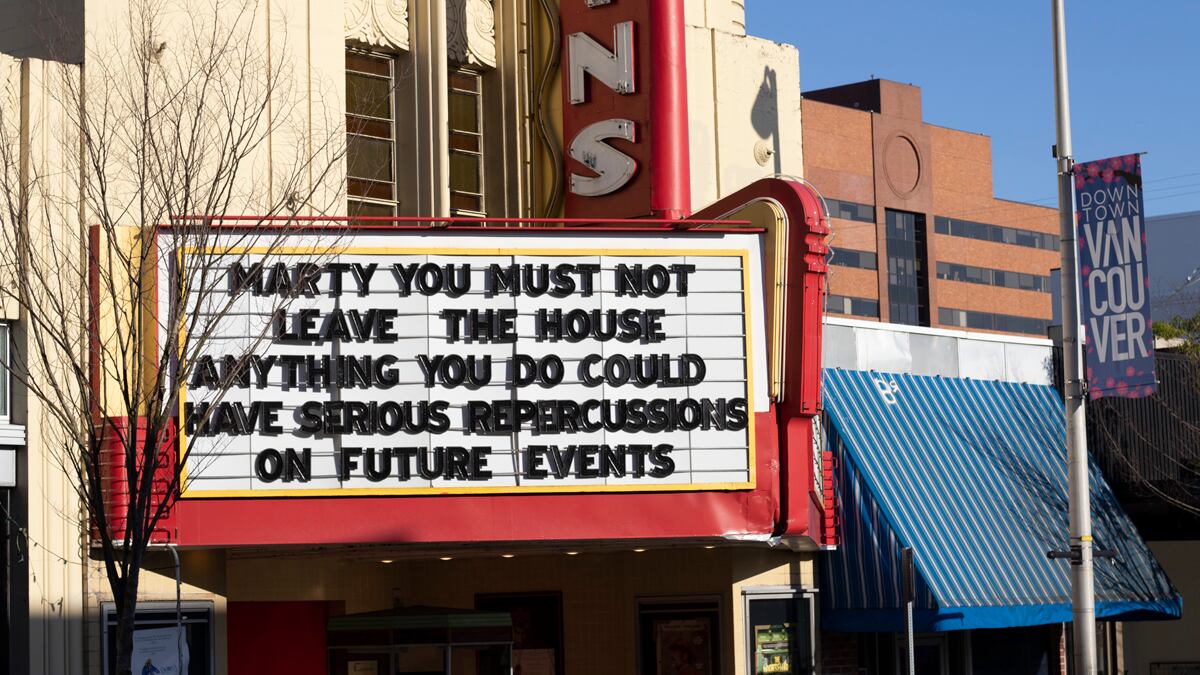What will Oregon look like after the COVID-19 pandemic? California.
On April 13, Oregon Gov. Kate Brown joined her counterparts in Washington and California to form a West Coast pact in which they agreed to cooperate on how to rescind their states' stay-home orders.
Their announcement came after President Donald Trump falsely claimed he had "total authority" to end such orders—even after he left it to the states to halt the spread of the virus. And it was a striking rebuke to the failed federal response.
Related: Oregon, Washington and California form pact to jointly reopen states from COVID-19 stay-home orders.
Each state is still developing its own plan for easing the restrictions that have sent residents indoors. Brown went before cameras April 14 with few specifics—but offered a broad framework for understanding how she'll decide when to reopen Oregon. Her conditions include adequate protective gear for medical providers, a decline in COVID-19 cases, adequate testing (around 15,000 tests a week), and an effective system for tracing cases and isolating people when cases are identified. (She added that restrictions may be lifted earlier in parts of the state that are less impacted by the virus.)
Want more details? So did we.
With Brown hinting that Oregon may look to our larger neighbor to the south for guidance, WW flipped over to the April 14 announcement by California Gov. Gavin Newsom about how he'll open his state.
He offered a similar framework to Brown's—but with the added criteria that the state's health and tech institutions must develop therapies to address the virus. He also offered vivid specifics about what life in the near future will look like.
Here are five things Oregonians may need to know about Newsom's outlook for his "nation-state," as he calls California, as orders for social distancing are lifted.
"Normal it will not be," Newsom cautioned, "at least until we have herd immunity or a vaccine."
Time frame: Wait two weeks. At that time, Newsom expects to be able to announce a larger timeline, if hospitalizations and use of intensive care beds are down.
Masks are here to stay. "Face coverings are likely to be common in public," the California public health PowerPoint presentation stated.
Going to restaurants will be different. "You may be having dinner with a waiter wearing gloves, maybe a face mask," Newsom said. "Dinner where the menu is disposable, where half the tables in that restaurant no longer appear, where your temperature is checked before walking in. These are likely scenarios."
Schools may look different too, with the possibility of fewer students in a building at a time. "Can you stagger the times our students come in?" Newsom asked. He said that's a question he and other officials are asking, along with figuring out how to handle PE, recess and lunch in ways that keep kids apart.
Big events like conventions, graduations and concerts may not return for at least a year. "The prospects of mass gatherings are negligible at best until we get to herd immunity," Newsom said—meaning such gatherings aren't going to happen until half the people in the state have had the virus or a vaccine has been developed, which isn't expected for more than a year.

